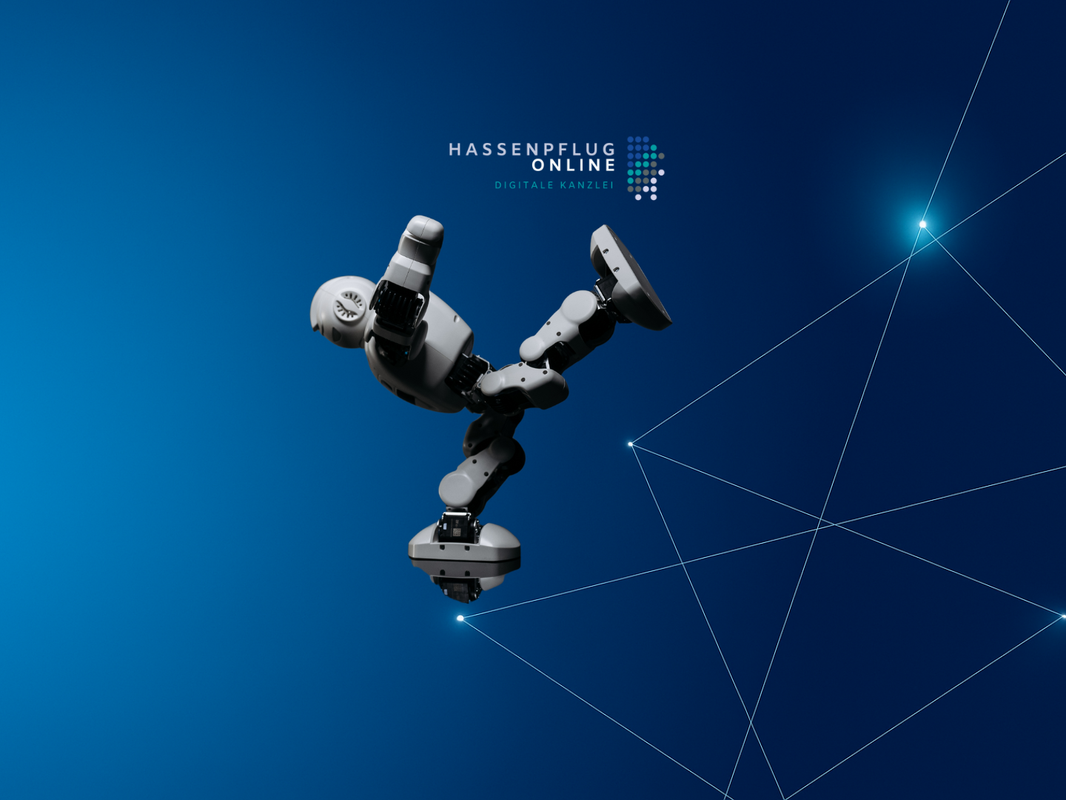The introduction of AI technologies like Microsoft 365 Copilot presents tax consulting firms with the challenge of not only implementing technological innovations but also building acceptance and trust among employees. Microsoft Viva Suite plays a crucial role as an adoption platform in this process. This guide is aimed at tax consultants who have little experience with Microsoft tools and technologies and offers practical guidance for a successful implementation.
Why Microsoft 365 Copilot and the Viva Suite for tax advisors?
Microsoft 365 Copilot is an AI-powered assistant that helps tax advisors and their staff automate routine tasks (with agents or PowerAutomate), work more productively, and deliver high-quality results. Imagine if Copilot could automatically create draft client letters based on existing data and templates from your DMS, or offer suggestions for simplification when reviewing complex tax documents, analyze business analyses, or simply provide a status update on a client file. The Viva Suite is a framework that ensures these new tools are seamlessly integrated into your employees' daily routines. It helps answer questions during implementation, provide training, and collect feedback to ensure effective user adoption. In tax consulting firms, this will improve team collaboration, accelerate processes, and optimize client support.
Getting started: Preparation and goal setting
Before you get started, however, it's important to clarify the framework. First, review your firm's technical infrastructure. Do you already use Microsoft 365? If so, you've laid the foundation, and you can integrate Viva Suite and Copilot as an extension. If not, we can help you. IT service providers can help establish the basic requirements. At the same time, you should assess your employees' digital skills. Perhaps some team members already have experience with tools like Teams or SharePoint, while others require more intensive training.
Define clear goals for the implementation. For example, your goal might be to reduce the time required to process tax returns by 20% or to improve internal communication by giving all employees faster access to up-to-date information. Establish success criteria, such as the number of regular Copilot users or the time saved in specific processes.
Introduction of the Viva Suite as an “Adaptation Platform”
The Viva Suite is your toolbox for ensuring Copilot adoption among your employees. Think of Viva Connections as your digital bulletin board, accessible via Microsoft Teams. Here, you can share important announcements, such as changes to DATEV, Addison, current legal changes, or law firm news, and provide resources such as checklists or forms. Employees no longer have to search for information; they can find everything in one place.
With Viva Learning, you can integrate training content directly into everyday work. For example, you could offer courses on using Copilot or on general topics like "Efficient Collaboration in Teams." An employee unsure how Copilot helps create a complex report can view a relevant learning module directly in Teams.
Viva Engage is ideal for fostering exchange and networking within your firm. Imagine a colleague has discovered a particularly useful Copilot feature, such as creating checklists for client meetings. In Engage, they can share this experience, and others can benefit from it, even if you're not currently creating a checklist but something else. This creates a "swarm of knowledge." At the same time, questions can be asked and answered, fostering a dynamic knowledge culture.
Viva Insights provides you with important data to monitor your employees' productivity and well-being. Let's say the data shows that many employees are working overtime to use new tools. This is a sign that additional training or adjustments to the way they work are necessary.
With Viva Pulse, you can collect feedback directly from your employees, ensuring that problems are identified early.
Steps to successful implementation
Start setting up the Viva Suite by activating the modules and adapting them to your firm's needs. For example, you could create a library of courses on tax law changes and digital tools in Viva Learning . Then, integrate Copilot by ensuring it's configured for key processes, such as onboarding new clients, automatically generating client reports, or analyzing data from DATEV or Addison (possibly via PowerBI with Addison Datacube).
Once the technical foundations are in place, the real work begins: training and empowering your employees. Organize workshops to introduce Copilot and the Viva Suite. Use examples to explain how Copilot simplifies everyday tasks, such as writing standard texts or editing Excel spreadsheets. Use Viva Engage to answer questions and share success stories.
Fostering user adoption is an ongoing process. Share best practices, reward active users, and use feedback to adjust your strategy. Let's say feedback shows that employees are struggling with automating certain tasks. In this case, you can offer additional training or adjust Copilot's configuration.
Conclusion: Digitalization with a system
The combination of Microsoft 365 Copilot and the Viva Suite offers tax consulting firms the opportunity not only to work more efficiently but also to create a modern, collaborative work culture. With a clear strategy, practical training, and a receptive ear for feedback, you lay the foundation for successful digitalization. The Viva Suite ensures that your employees are supported along this path and can fully utilize the advantages of new technologies. Schedule a free initial consultation and we'll show you in practice what's already possible.








